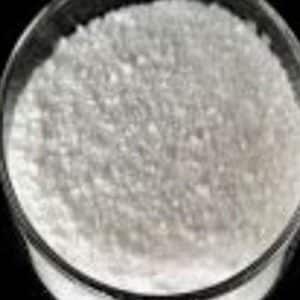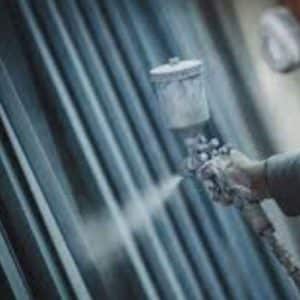Description
Biocides and preservatives are additives used in paint formulations to protect against the growth of microorganisms such as bacteria, fungi, and algae. These microorganisms can lead to issues like mold, mildew, and discoloration, compromising the appearance and performance of the paint. Here are common types of biocides and preservatives used in paints:
1. Isothiazolinones:
- Examples:
- 5-Chloro-2-methyl-4-isothiazolin-3-one (CMI)
- 2-Methyl-4-isothiazolin-3-one (MI)
- Functions:
- Broad-spectrum biocides effective against bacteria, fungi, and algae.
- Used in water-based paints.
2. Organic Acids:
- Examples:
- Benzoic acid
- Sorbic acid
- Functions:
- Inhibit the growth of bacteria and fungi.
- Used in both water-based and solvent-based paints.
3. Phenolic Biocides:
- Examples:
- O-Phenylphenol
- 2-N-Octyl-4-isothiazolin-3-one
- Functions:
- Effective against a broad spectrum of microorganisms.
- Used in both interior and exterior paints.
4. Organometallic Compounds:
- Examples:
- Zinc pyrithione
- Copper-based compounds
- Functions:
- Provide long-lasting protection against algae and fungi.
- Used in exterior paints and coatings.
5. Quaternary Ammonium Compounds (Quats):
- Examples:
- Benzalkonium chloride
- Dodecylbenzenesulfonic acid
- Functions:
- Effective against bacteria and fungi.
- Used in water-based formulations.
6. Iodopropynyl Butylcarbamate (IPBC):
- Functions:
- Broad-spectrum fungicide and bactericide.
- Used in both water-based and solvent-based paints.
Considerations for Biocide and Preservative Selection:
- Application: Consider the intended application method (interior, exterior, brush, spray) and the environmental conditions to which the paint will be exposed.
- Compatibility: Ensure compatibility with other components in the paint formulation.
- Long-Term Efficacy: Evaluate the long-term efficacy of the chosen biocide or preservative.
- Regulatory Compliance: Choose additives that meet regulatory standards, especially in terms of VOC content and environmental impact.
It’s crucial to follow the recommended dosage levels provided by the manufacturer for biocides and preservatives. Overuse of these additives can have negative effects on the paint formulation and may lead to issues such as discoloration or reduced coating performance. Manufacturers often conduct stability and efficacy testing to ensure that the chosen biocide or preservative meets the specific needs of the paint formulation.















Reviews
There are no reviews yet.